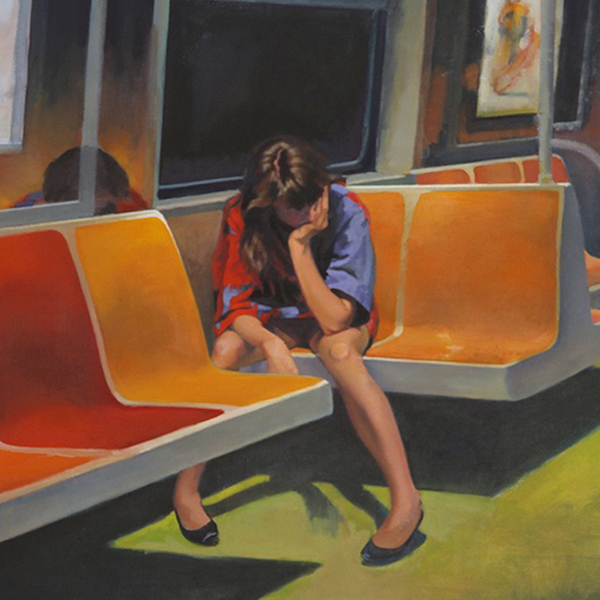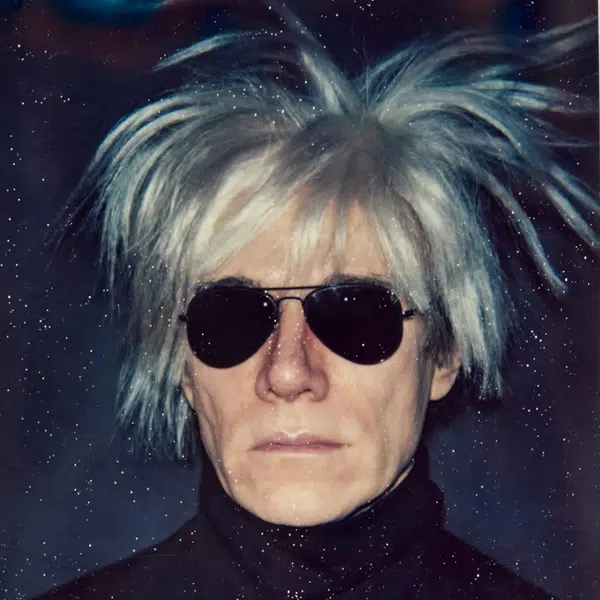
Like many of us, filmmaker and photographer Rory Langdon-Down found his life altered by the pandemic. With almost all of his shoots canceled, he suddenly found himself with a lot of time on his hands. But luckily, from this difficulty, a new creative project was born. Portrait a Day is the British photographer's way to grapple with this newfound free time. And, in the process, Langdon-Down found himself pushing his creative skills to new heights.
For the entirety of 2021, Langdon-Down photographed a different stranger each day. That means 365 days of getting out and making conversation with people he'd never met, all in an effort to take their portrait. Every portrait was published on Instagram, accompanied by a short paragraph detailing what Langdon-Down had learned about his subject during their encounter.
The result is not only the story of a strange year in history but a look at one creative's attempt to thrive in difficult circumstances. A chronological look at the photographs allows us to see how Langdon-Down's confidence as a portrait photographer grows over the course of a year, all because he challenged himself. But Portrait a Day isn't just an Instagram feed. Langdon-Down has also published a beautiful coffee table book with these portraits.
Limited to, appropriately, 365 copies, Portrait a Day not only contains all of the portraits, but over 40,000 words detailing the stories of the people featured. This personal labor of love has also been well received by the photography community, with one of the portraits winning the British Journal of Photography’s Portrait of Humanity 2022.
We had a chance to speak with Langdon-Down about how the project got started, the challenges he faced, and what he hopes that people take away from the work. Read on for My Modern Met’s exclusive interview.
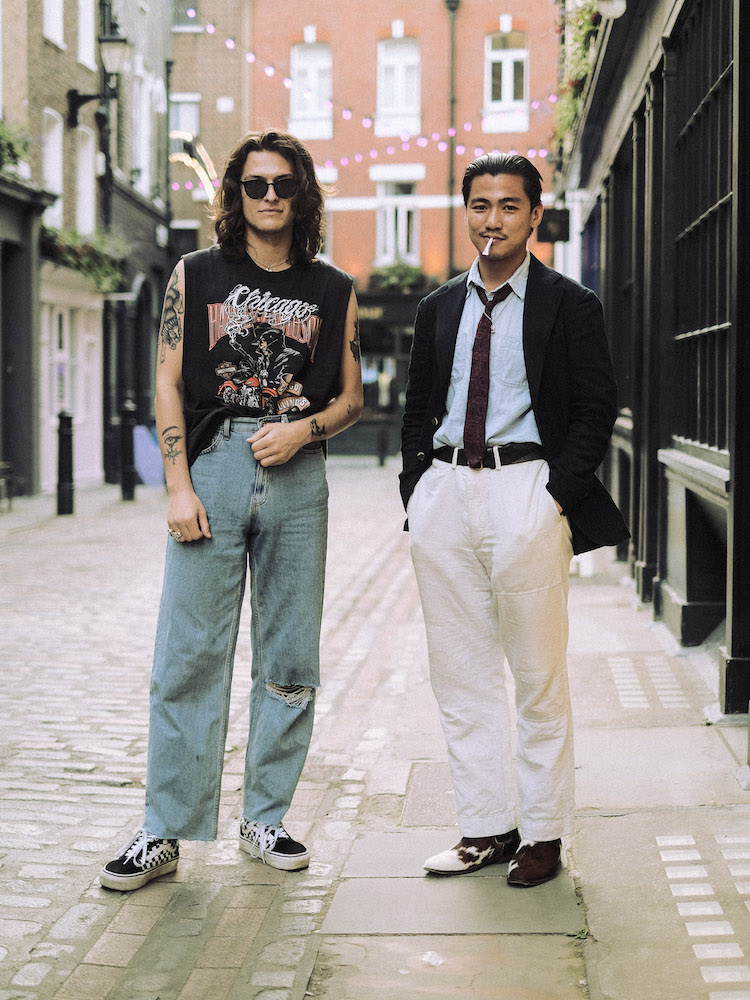
Do you feel like COVID was a blessing in disguise just in terms of pushing you to find new creative outlets?
With the benefit of hindsight, I’d say yes. At the time, losing work due to shoots not being able to go ahead during the lockdowns was pretty tough and I found my sudden lack of purpose by not having work to be quite challenging. I never really stopped creating during the pandemic though, and I think my personal projects massively helped advance my own style and approach to taking photos. Portrait A Day wouldn’t have happened without the pandemic, and the positive effect of that project and the book’s success on me has been incredible, so now I’d definitely count it as a blessing.
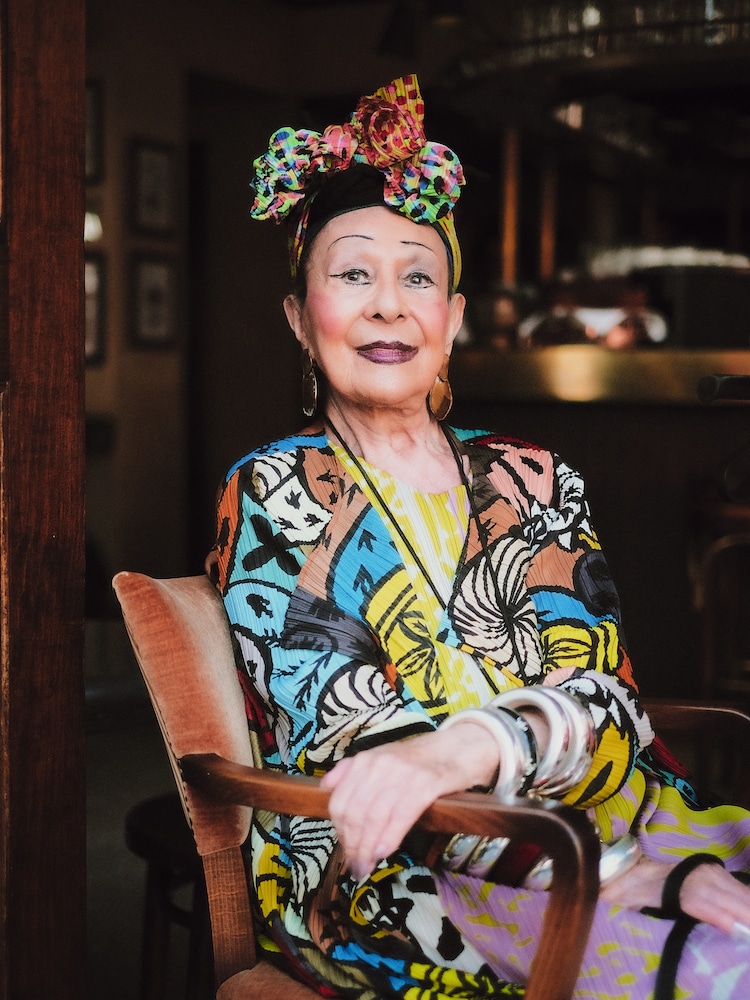
Why did you decide, of all the themes, to photograph strangers?
The challenge appealed to me first of all: one photo of a person every day for a year. That clear objective felt achievable when I outlined it before starting the project, probably in part because I had hardly ever shot strangers’ portraits before, so I didn’t see the challenges that lay ahead.
People have always interested me and I am a firm believer that everyone has an interesting story and this felt like a really good way of proving that whilst telling the year’s narrative through these little windows into the lives of the people who surround us every day. For me personally, I knew that this would help my interpersonal skills and elevate my own abilities as a director and documentary-maker, which is what I do when I’m not pointing a camera in the faces of strangers.

You mentioned in another interview that you hadn't really realized how hard it would be. What was the hardest part of the project?
The hardest part was initiating conversation with strangers. Some days it would be easy—I’d feel confident, which always helped in how people would react, and immediately find someone who agreed to be photographed. Other days, I would walk for hours unable to pluck up the courage to ask a single person to take their portrait. It really came down to me and how I was feeling. I would have a constant running conversation in my head preempting why I thought someone wasn’t going to agree to me taking their picture until eventually I’d take a deep breath and make the connection that led to that day’s portrait.
It really was quite an insular pursuit and I did a lot of learning about myself whilst stuck in my own head wondering why I had decided to spend my year trying to talk to strangers. But after every single encounter, I’d leave full of positivity and usually having just learned something new as well.
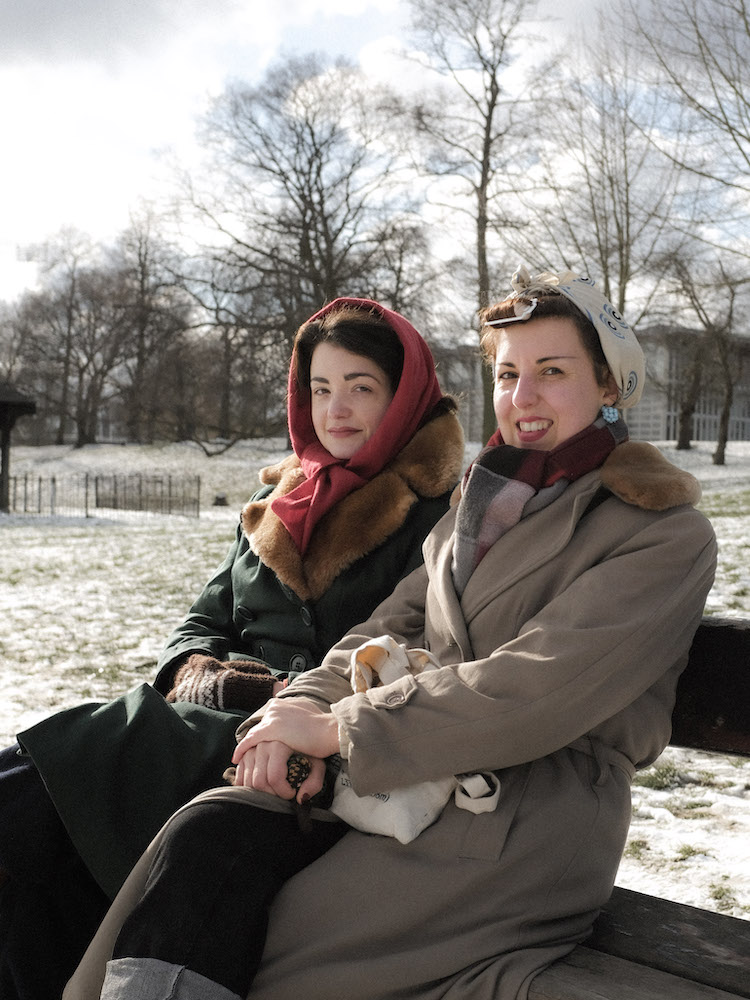
When did you realize it would be so challenging and what made you stick with it?
Day one. The project almost failed before it got going because I had built up in my head that it’d be easy to shoot just one photo a day, but the reality required me to do something I’d never done before in approaching people on the street. Luckily, I took a portrait on day one, and as soon as I shared it on the Instagram account, I knew I was committed to the year. I’m a dedicated and focused person, and as difficult as it got, I knew that I would make it to the end of the year.
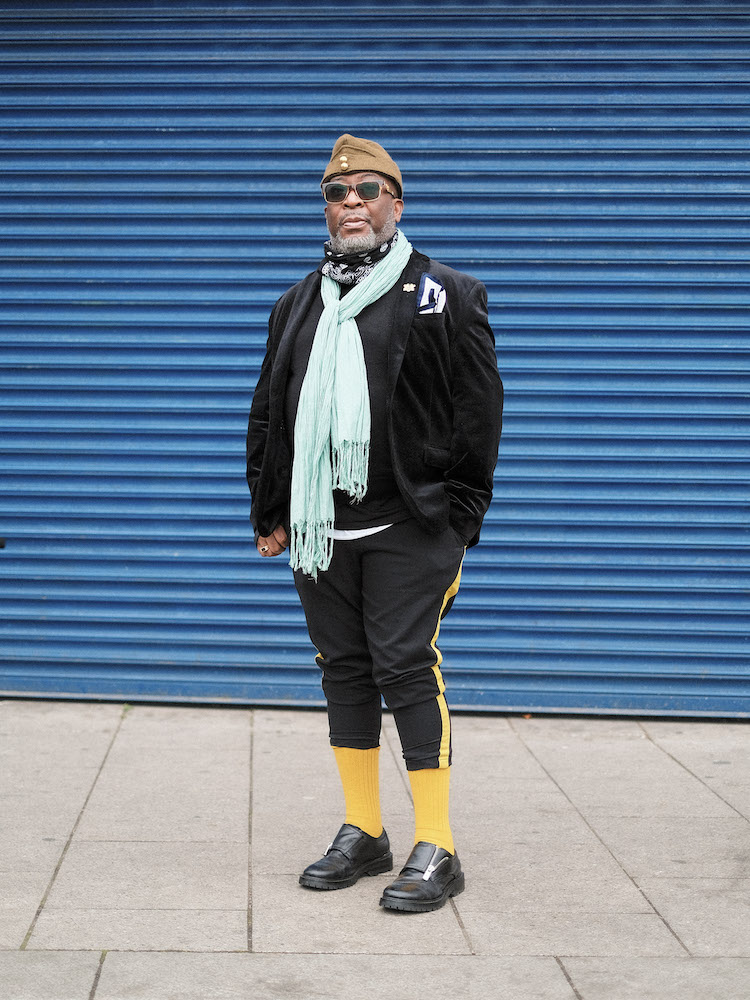
Did you find that any aspect of the project became easier or more difficult as it went on?
My conversational skills with strangers improved hugely. I’ve always been quite good at holding conversation and asking questions but I definitely improved my ability to ask the right questions. I would always try and find common ground, and quite often that came through music as that’s quite an easy topic to find people’s passions and interests. Once I was past the initial contact of “Hi, my name’s Rory and I’ve got a slightly strange question for you…,” I loved chatting to strangers. Sometimes our conversations lasted up to an hour. I think it’s important to realize that even if you don’t think you’d have much in common with someone, particularly in terms of differing politics, you should be able to find common ground or shared interests and I had some great chats with people I wouldn’t usually cross paths with.
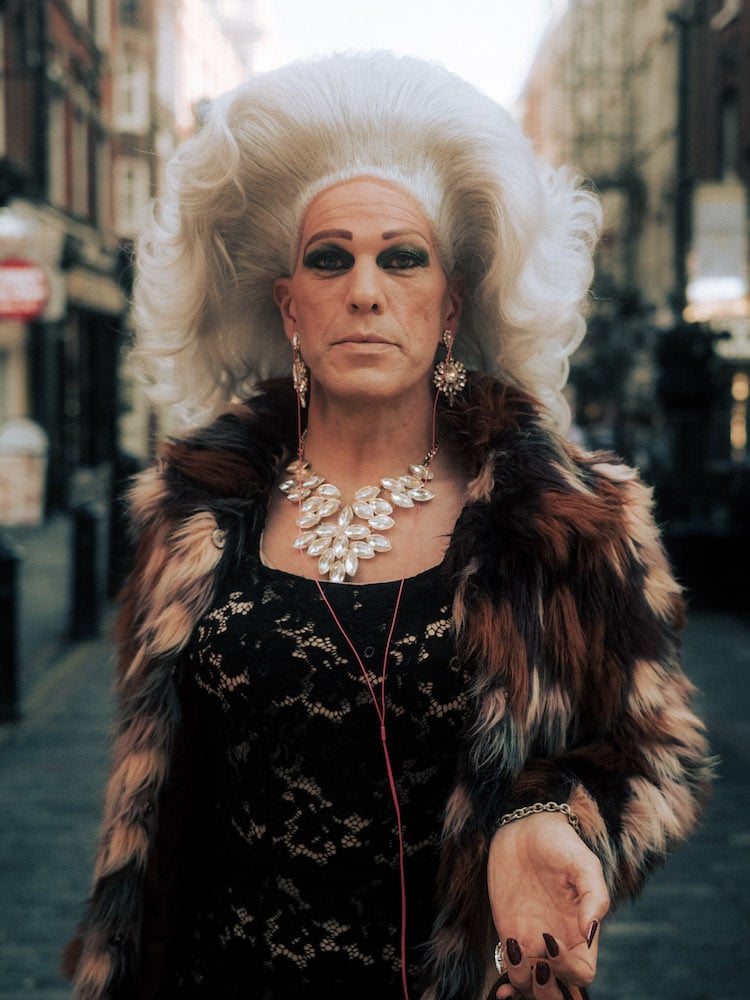
What did the project teach you as a creator?
It taught me the power of just doing something off your own back and holding yourself to account for your creativity. I didn’t have a client or agency telling me how things needed to look or be worded, so instead the whole project is completely, authentically me. It made me love the work I create; it helped me to concrete my style, and it’s given me a huge amount of confidence in what I offer as a photographer and documentarian.
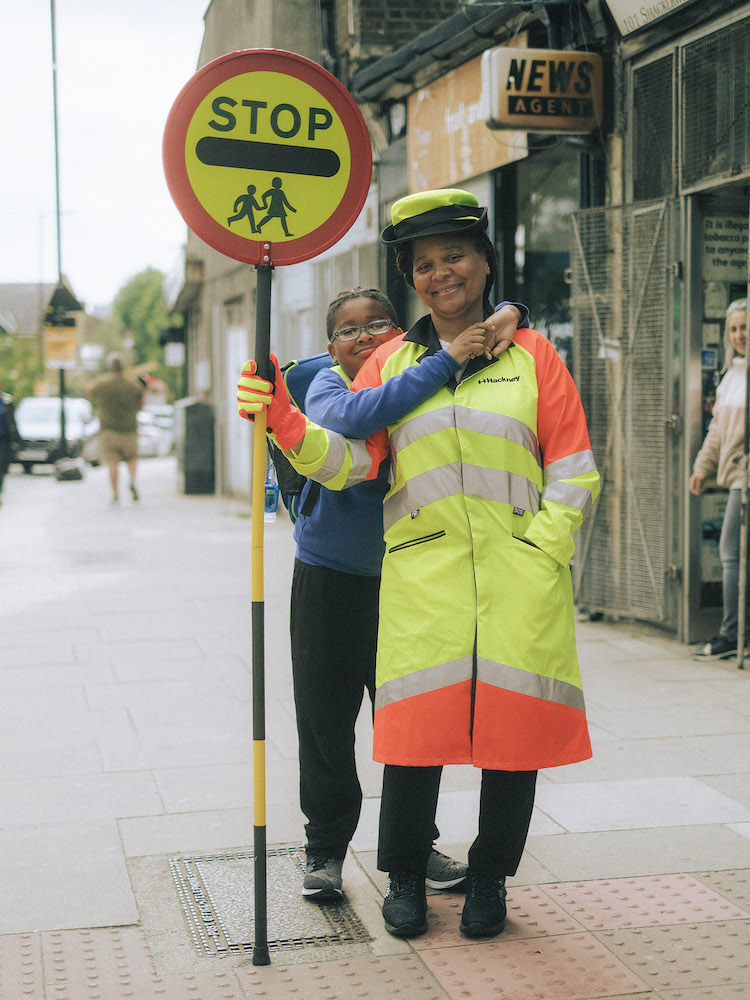
What was the most memorable stranger portrait you took?
Hassan. It’s not even a particularly good photograph, but he embodied the beauty of the project and what it was all about. Hassan was sitting on a bench in a park near where I live and most people wouldn’t have thought twice about taking his portrait but for some reason, he intrigued me. I asked for his portrait and soon his incredible story unraveled about being a Libyan exile once labeled “Gadaffi’s Nemesis” because of his human rights activism.
This will always stick in my head as what made Portrait A Day special—finding the story in the seemingly ordinary.
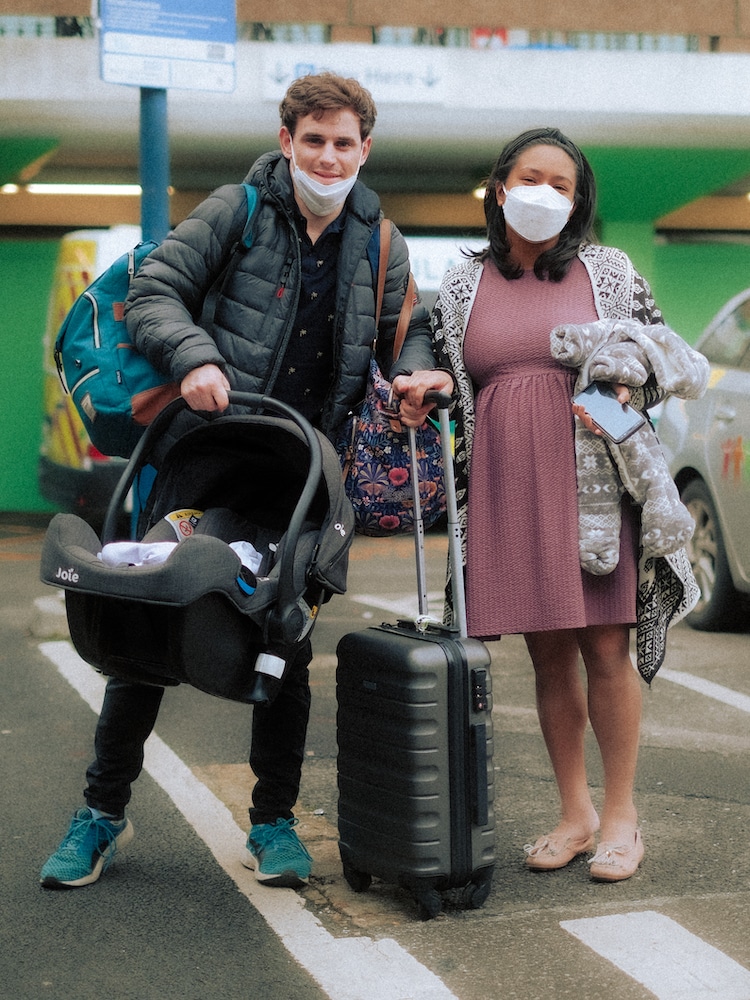
Is there anyone you really wanted to photograph but, for whatever reason, it just didn't work?
Not really. I feel that every portrait in the book is in there for a reason. I didn’t select specific people for a portrait; however, I did try and get Sir David Attenborough to feature as the last portrait in the book as I felt his message on what humanity can and should be doing better would have been a perfect end to the book. I wrote him a letter and he wrote me one back, very politely declining to partake, but in actual fact, I think that it was a good thing because the book remained natural to the end and the final portrait of a couple leaving the hospital with their newborn baby said everything anyway.
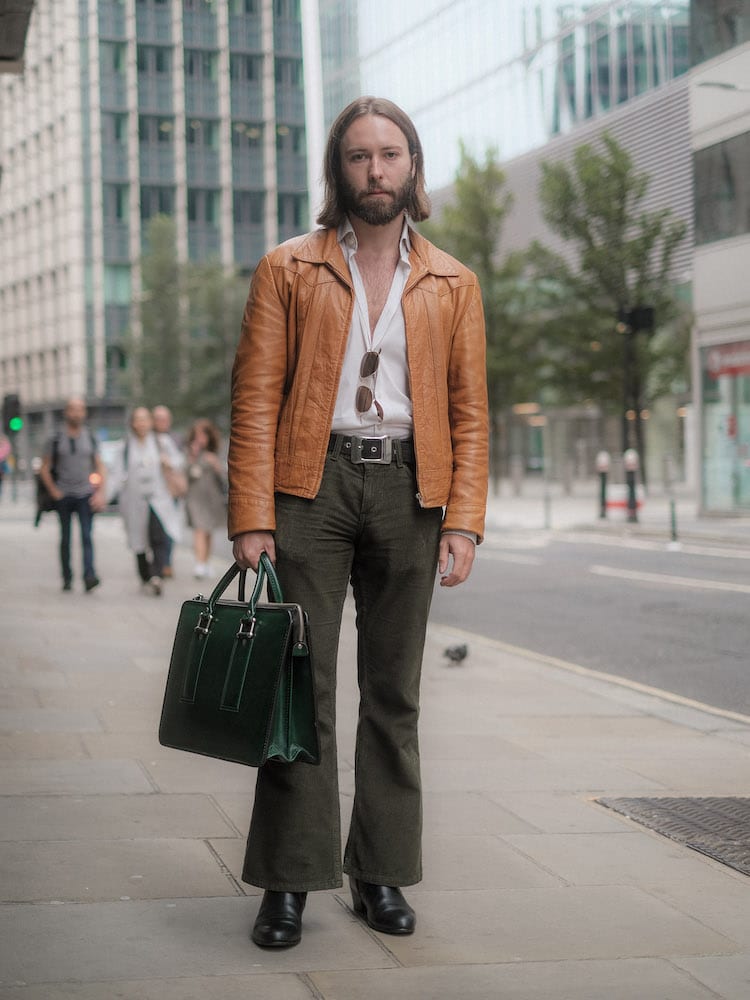
What were you hoping to capture with these portraits?
Honesty, authenticity, and an overarching feel of positivity. Not all the portraits are attached to positive or joyous stories but I think the project as a whole should inspire positivity in humanity and community.
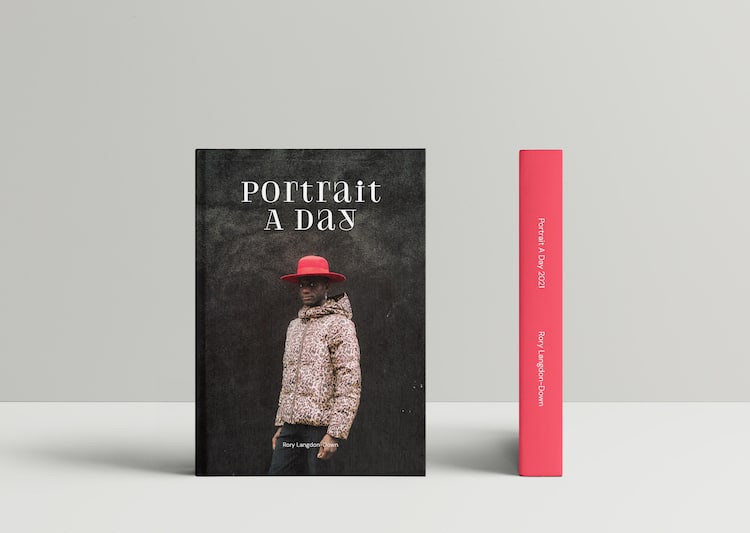
What do you hope that people take away from the work?
I’d love for people to see the combination of both beautiful photography and the accompanying text achieved through genuine connections with strangers. I want people to feel inspired by the people in the book and hopeful about community when there are so many things that divide us.
But, honestly, if people just like Portrait A Day because it’s got a nice cover that looks good on their coffee table or their toddler likes looking at all the people inside it, that makes me very happy, too.
Rory Langdon-Down: Website | Instagram
My Modern Met granted permission to feature photos by Rory Langdon-Down.
Related Articles:
365 Days of Documenting Parisians Through Stunning Street Portraits
Street Portraits of the Incredible Cargo People Carry on Motorbikes in Hanoi
Photographer Captures Portraits of Strangers He Met on the Streets 25 Years Later
Photographer Takes Dignified B&W Portraits of “Forgotten” People He Meets on the Street



















































































